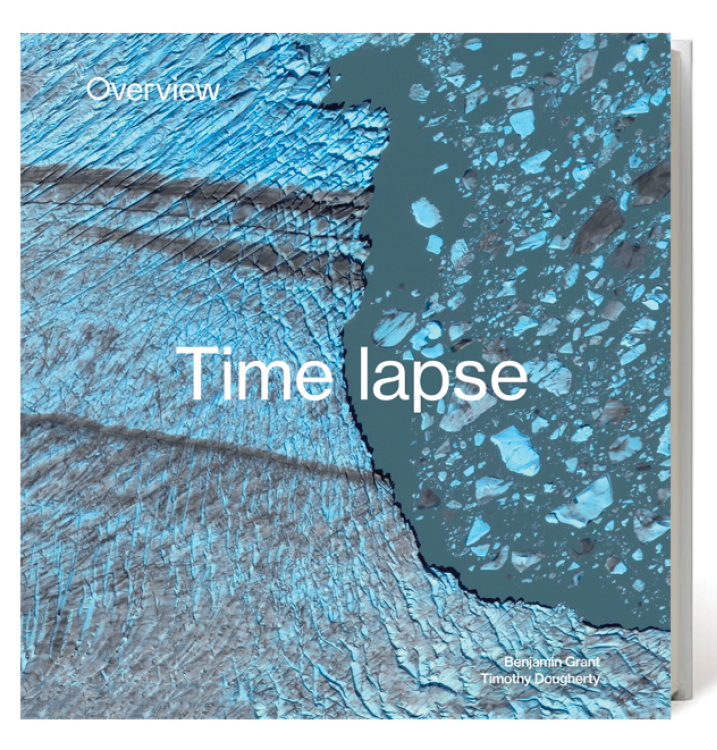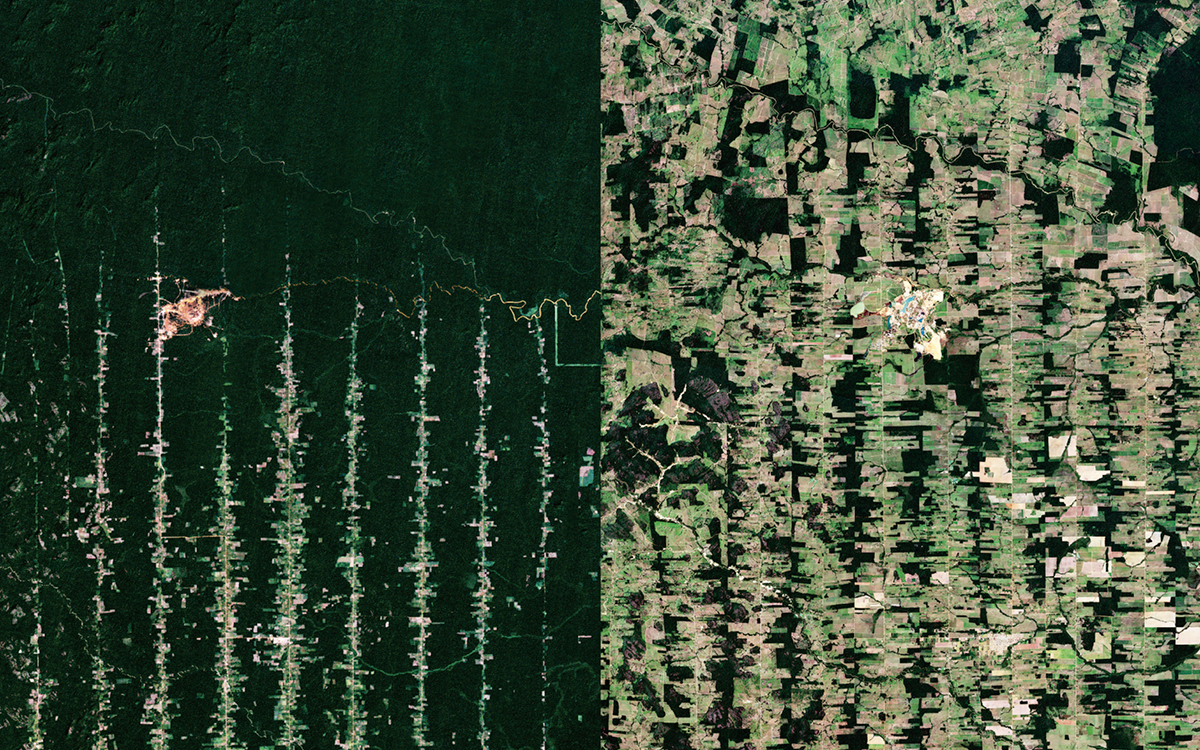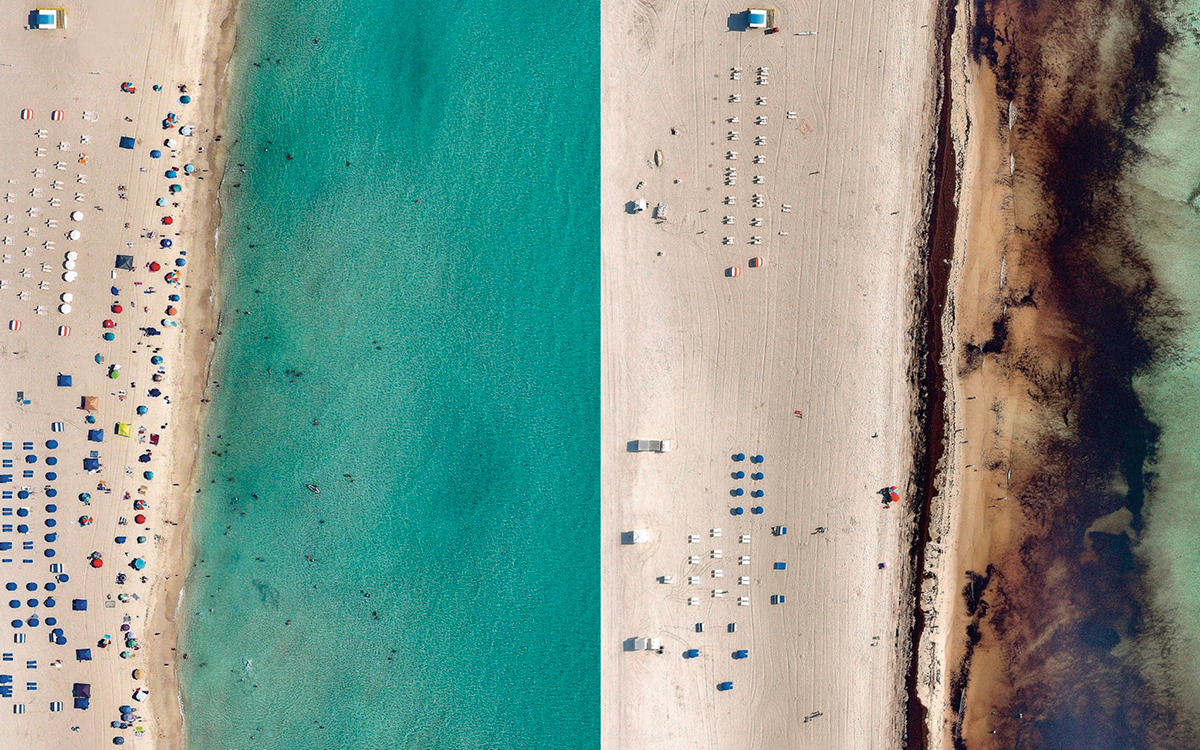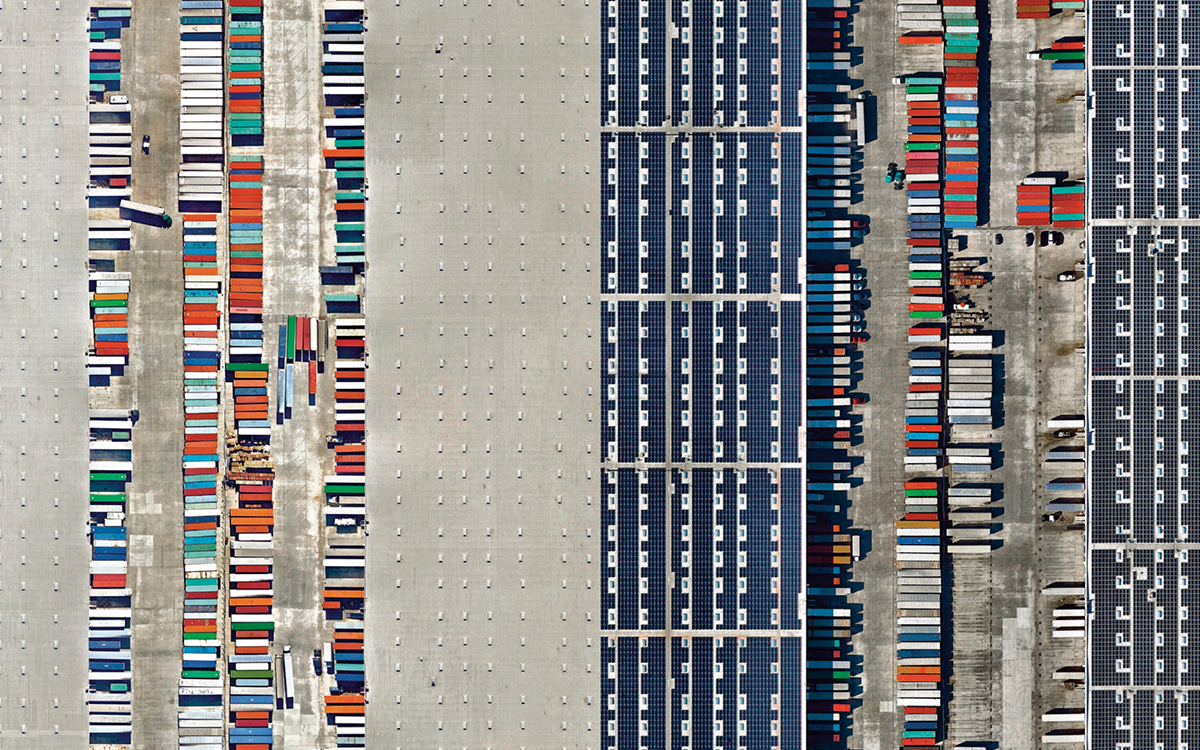The Big Picture, Timelapsed
A new photography book offers an astronaut's-eye view of Earth
 From the vantage of outer space, astronauts often report a transformative experience of connection they've taken to calling the overview effect—a profound cognitive shift after looking back at Earth from the empty depths. "When we look down at the earth from space, we see this amazing, indescribably beautiful planet," Ron Garan, an astronaut who spent 178 days in space, has said. "It looks like a living, breathing organism. But it also, at the same time, looks extremely fragile."
From the vantage of outer space, astronauts often report a transformative experience of connection they've taken to calling the overview effect—a profound cognitive shift after looking back at Earth from the empty depths. "When we look down at the earth from space, we see this amazing, indescribably beautiful planet," Ron Garan, an astronaut who spent 178 days in space, has said. "It looks like a living, breathing organism. But it also, at the same time, looks extremely fragile."

Amazon Rainforest deforestation (an area in the state of Rondônia in western Brazil, 1989 versus 2019). | Photo Courtesy of The European Space Agency (ESA)/Paris, France
Less than 600 human beings have had the opportunity to experience the overview effect. Since 2013, visual artist Benjamin Grant has been trying to re-create it for the rest of us. For his Instagram project @dailyoverview, Grant sorts through satellite imagery of cityscapes, landscapes, and waterways. When time-lapsed, these images also reveal how we have shaped, drilled, and burned our way into a climate crisis.

Miami red tide (on the left is a beach in May 2017; on the right is the beach in June 2018). Toxic algae blooms overtook the waters, forcing the closure of at least six public beaches. | Photo by Nearmap/Barangaroo, Australia
Overview Timelapse (Ten Speed Press, 2020), Grant's second book, captures diverse regions of the globe as they change over days, weeks, even decades. Amazon deforestation from 2014 to 2016 shows the effects of "slash and burn" agriculture; upwards of 60 million scrap tires fill acres of land in Hudson, Colorado. These images also illustrate how human industry can be leveraged for climate action, through endeavors such as the Great Green Wall of Africa, an anti-desertification initiative.

The Westmont Distribution Center in San Pedro, California (on the left is the center in 2014; on the right is the Westmont Rooftop Solar Project in 2017). | Photo by Nearmap/Barangaroo, Australia
But technology alone will not save us. "We must adopt a more long-term perspective," Grant and coauthor Timothy Dougherty write, "if we are to continue existing on Earth 100, 500, or 1,000 years from now."
This article appeared in the January/February edition with the headline "The Big Picture."
 The Magazine of The Sierra Club
The Magazine of The Sierra Club



